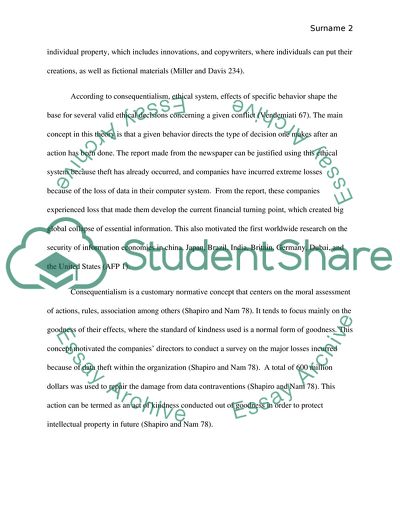Cite this document
(Intellectual Property Assignment Example | Topics and Well Written Essays - 1792 words, n.d.)
Intellectual Property Assignment Example | Topics and Well Written Essays - 1792 words. Retrieved from https://studentshare.org/law/1805956-article-analysis-paper-subject-is-for-ethics
Intellectual Property Assignment Example | Topics and Well Written Essays - 1792 words. Retrieved from https://studentshare.org/law/1805956-article-analysis-paper-subject-is-for-ethics
(Intellectual Property Assignment Example | Topics and Well Written Essays - 1792 Words)
Intellectual Property Assignment Example | Topics and Well Written Essays - 1792 Words. https://studentshare.org/law/1805956-article-analysis-paper-subject-is-for-ethics.
Intellectual Property Assignment Example | Topics and Well Written Essays - 1792 Words. https://studentshare.org/law/1805956-article-analysis-paper-subject-is-for-ethics.
“Intellectual Property Assignment Example | Topics and Well Written Essays - 1792 Words”, n.d. https://studentshare.org/law/1805956-article-analysis-paper-subject-is-for-ethics.


